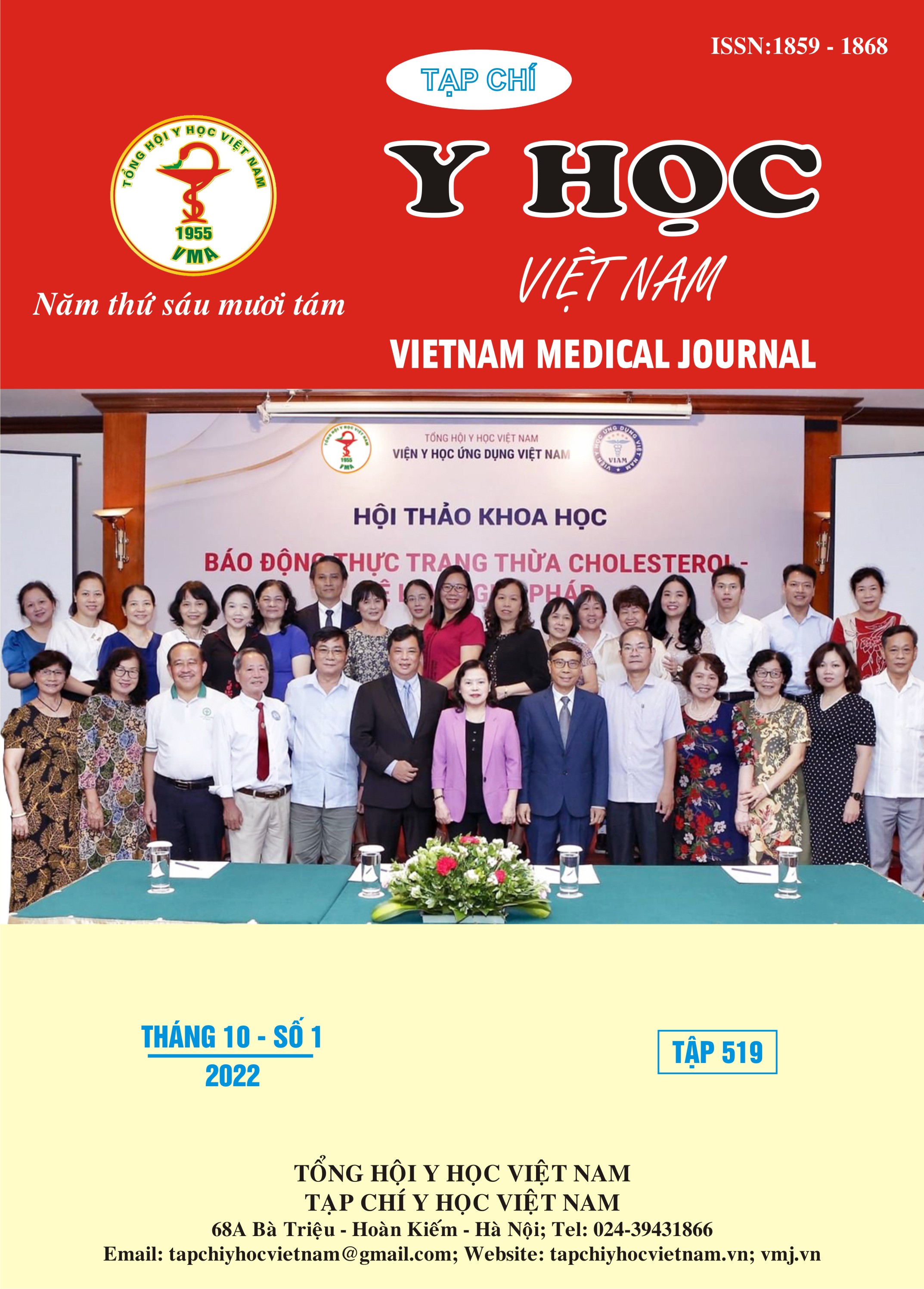APPLICATION OF ALLEE EFFECT IN CANCER TREATMENT
Main Article Content
Abstract
The Allee effect describes a scenario in which populations at low numbers are influenced by a positive relationship between growth rate and population density, which increases their likelihood of extinction. The importance of this process in ecology has been underestimated, and recent evidence suggests that it may have an impact on the population dynamics of many plant and animal species. Studies of the causal mechanisms that produce the Allee effect in populations may provide the key to understanding population dynamics. Currently, most cancer models assume that tumor cell populations, at low densities, grow exponentially to eventually be limited by the number of available resources such as space and substance. nutrition. However, recent preclinical and clinical data on the onset or recurrence of cancer suggest the presence of population dynamics, in which the growth rate increases with cell number. Such an effect is similar to the cooperative behavior in an ecosystem described by the Allee effect. In this paper, we model the Allee effect on cancer growth through the properties of the dynamical model to study the growth of the population of cancer cells from which to select. more appropriate therapies.
Article Details
Keywords
Allee effect, growth rate, differential equation
References
2. T. Hillen and M. A. Lewis, Mathematical ecology of cancer, Managing Complexity, Reducing Perplexity, (2014), 1–13. Springer.
3. J. M. Pacheco, F. C. Santos, D. Dingli, The ecology of cancer from an evolutionary game theory perspective, Interface focus, 4 (2014), 20140019.
4. A. Marusyk, V. Almendro, K. Polyak, Intra-tumour heterogeneity: a looking glass for cancer? Nat. Rev. Cancer, 12 (2012), 323–334.
5. N. Bellomo, N. K. Li, Ph K. Maini, On the foundations of cancer modelling: selected topics, speculations, and perspectives, Math. Mod. Meth. Appl. Sci., 18 (2008), 593–646
6. R. Eftimie, J. L. Bramson, D. J. D. Earn, Interactions between the immune system and cancer:a brief review of non-spatial mathematical models, B. Math. Biol., 73 (2011), 2–32.
7. K. P. Wilkie, A review of mathematical models of cancer–immune interactions in the context of tumor dormancy, Systems Biology of Tumor Dormancy, (2013), 201–234. Spring
8. L. G. De Pillis, W. Gu, A. E. Radunskaya, Mixed immunotherapy and chemotherapy of tumors: modeling, applications and biological interpretations, J. Theor. Biol., 238 (2006), 841–862.
9. S. Wilson and D. Levy, A mathematical model of the enhancement of tumor vaccine efficacy by immunotherapy, B. Math. Biol., 74 (2012), 1485–1500.
10. M. Al-Tameemi, M. Chaplain, A. d’Onofrio, Evasion of tumours from the control of the immune system: consequences of brief encounters, Biol. direct, 7 (2012), 31.


